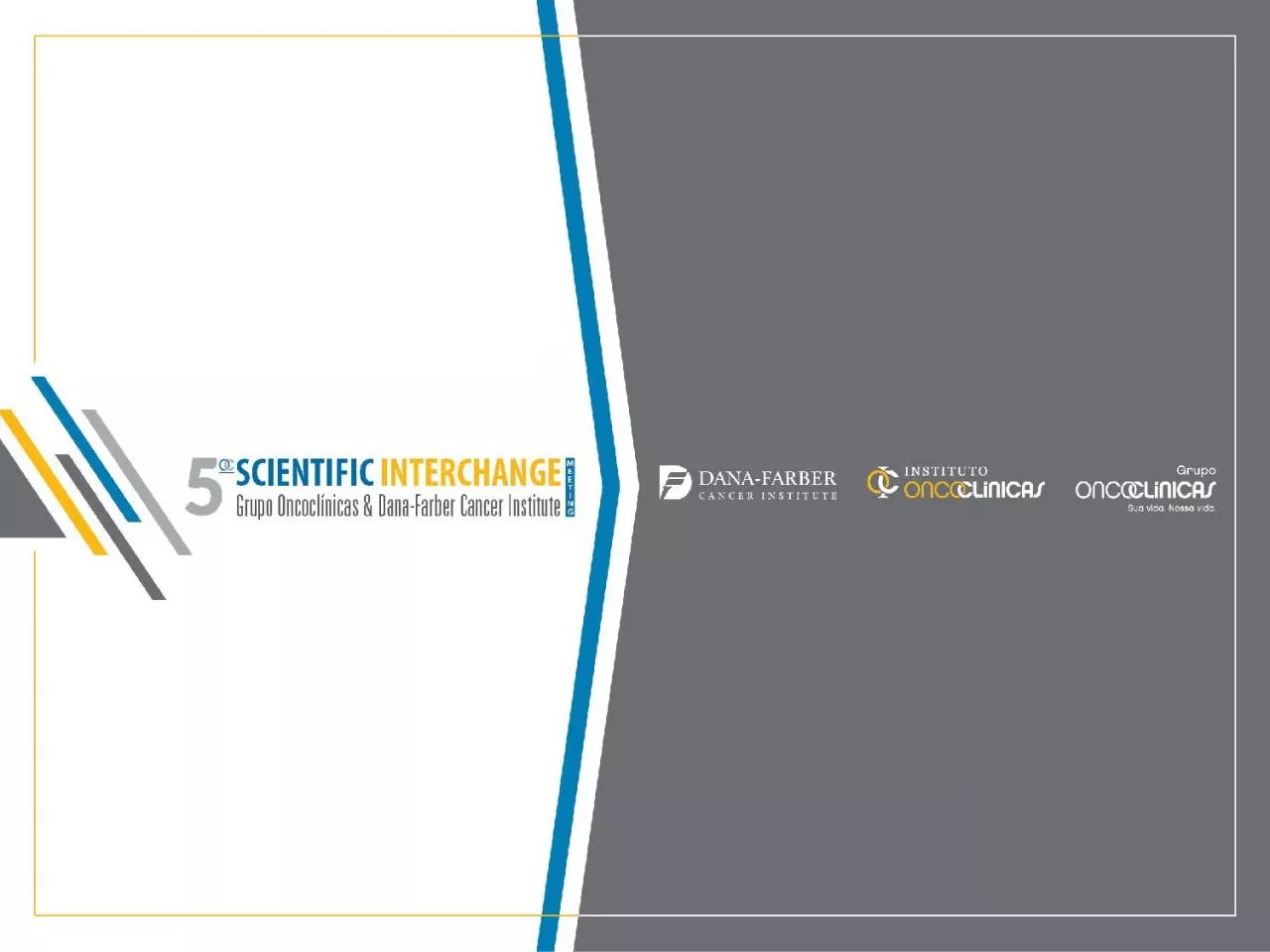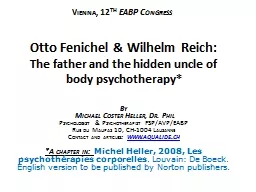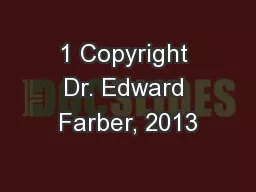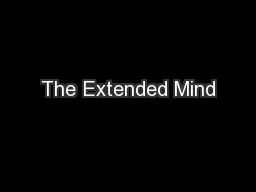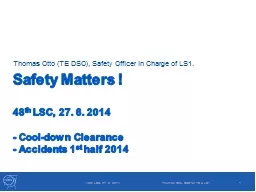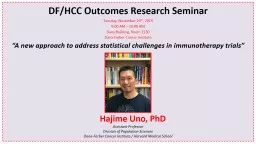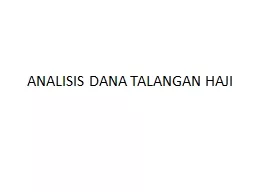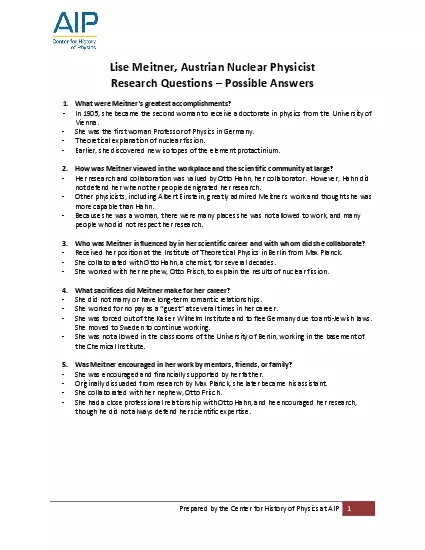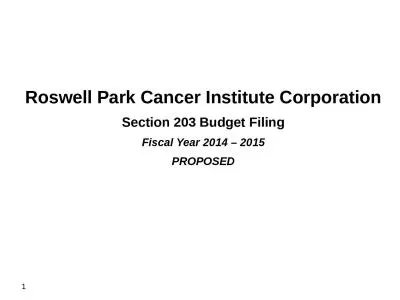PPT-Otto Metzger, MD Dana-Farber Cancer Institute
Author : rodriguez | Published Date : 2023-05-23
Harvard Medical School Boston USA Adjuvant Hormonal Therapy for Premenopausal Women OFR 10 Chemotherapyinduced amenorrhea Menopausal status should be defined prior
Presentation Embed Code
Download Presentation
Download Presentation The PPT/PDF document "Otto Metzger, MD Dana-Farber Cancer Inst..." is the property of its rightful owner. Permission is granted to download and print the materials on this website for personal, non-commercial use only, and to display it on your personal computer provided you do not modify the materials and that you retain all copyright notices contained in the materials. By downloading content from our website, you accept the terms of this agreement.
Otto Metzger, MD Dana-Farber Cancer Institute: Transcript
Download Rules Of Document
"Otto Metzger, MD Dana-Farber Cancer Institute"The content belongs to its owner. You may download and print it for personal use, without modification, and keep all copyright notices. By downloading, you agree to these terms.
Related Documents

